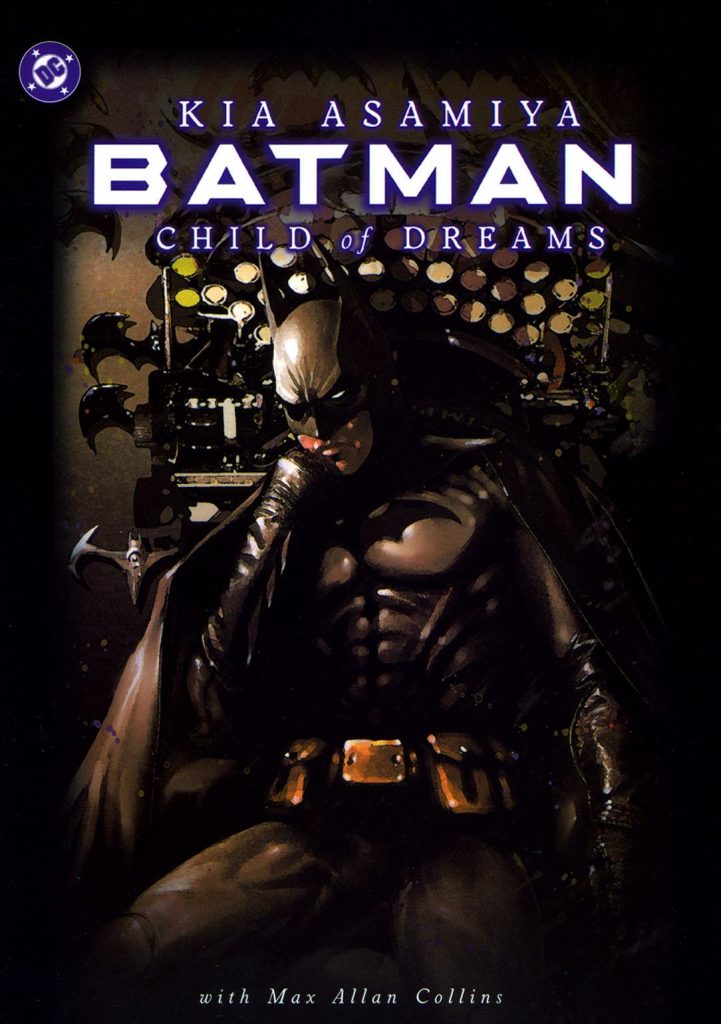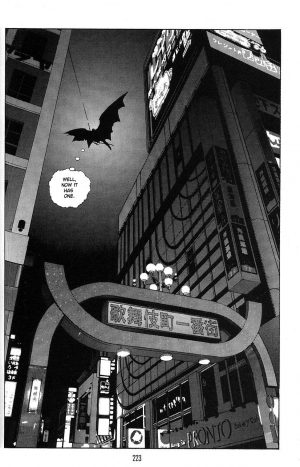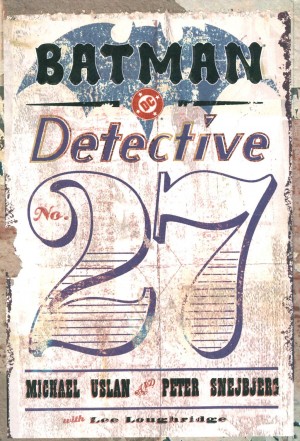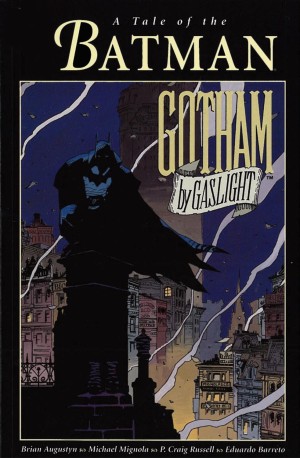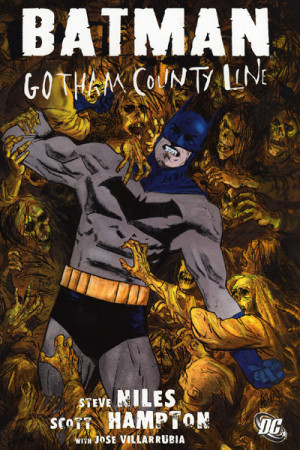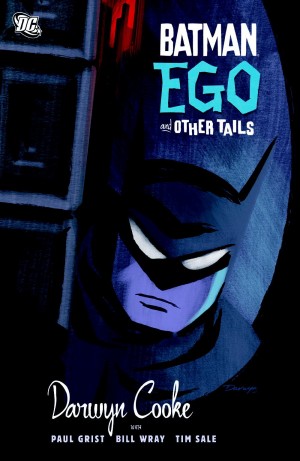Review by Frank Plowright
Three years after it was serialised in Japan, Kia Asamiya’s Child of Dreams was presented to an English language audience in a handsome hardbound edition, with Max Allan Collins providing the English dialogue. Asamiya is a prolific creator, at the time of publication best known for his futuristic Silent Möbius series.
Ambitious Japanese TV reporter Yuko Yagi and her crew arrive in Gotham intending to interview Batman. Contact comes sooner than anticipated when they hear of Two Face holding hostages and gatecrash the scene, folly that almost results in Two Face killing Yuko, and angers the Gotham police. Two Face’s actions are followed by a mysterious death.
Asamiya’s story takes the interesting approach of events being largely (although not exclusively) seen through Yuko’s eyes as she experiences Gotham and its inhabitants. It’s pointed out early that she’s related to her network’s primary sponsor, sustaining a belief that her success is down to connections rather than talent. That’s a mistake. She’s tenacious and manipulative, but also possesses a naive streak, and that’s what provides the story’s title. The vulnerability is somewhat contrived, and a more consistent Lois Lane style personality would be a better fit, but what she has conforms more readily to the traditions of Japanese comics.
In short order Yuko and her crew are present for Batman taking on a number of his most prominent foes. Asamiya also convincingly works in a date with Bruce Wayne, and as the book continues Wayne becomes as important to the story as Batman. He utilises Wayne’s riches and social standing at times enabling quicker access to information than Batman could achieve. However, there’s a repetitious quality to the first half of the book, perhaps due to Asamiya originally serialising Child of Dreams in chapters, before they lead to a surprise revelation that takes Batman to Japan.
Beyond the surprise at the midway point Asamiya isn’t concerned about keeping much else secret in what develops into a case of cat and bat, and in fact positively telegraphs some aspects. It’s a problematical plot, however, and requires more than usual in the way of belief in DNA technology and its applications (Asamiya even having Batman point out a logical flaw toward the end) and that a villain could so easily discover that Wayne is Batman. More positively, the art is great. Asamiya takes his source into consideration, and this is a form of manga art for those not entirely at home with the style. The detail is poured in, and the plot ensures Asamiya can draw all the characters he likes and all the bat-gadgets he’s fond of as well.
In the back of the book Asamiya mentions the editorial limitations imposed on him regarding keeping Batman’s world consistent, and it’s resulted in a better story than Yoshinori Natsume’s more personal Death Mask where the editorial input wasn’t as great.
